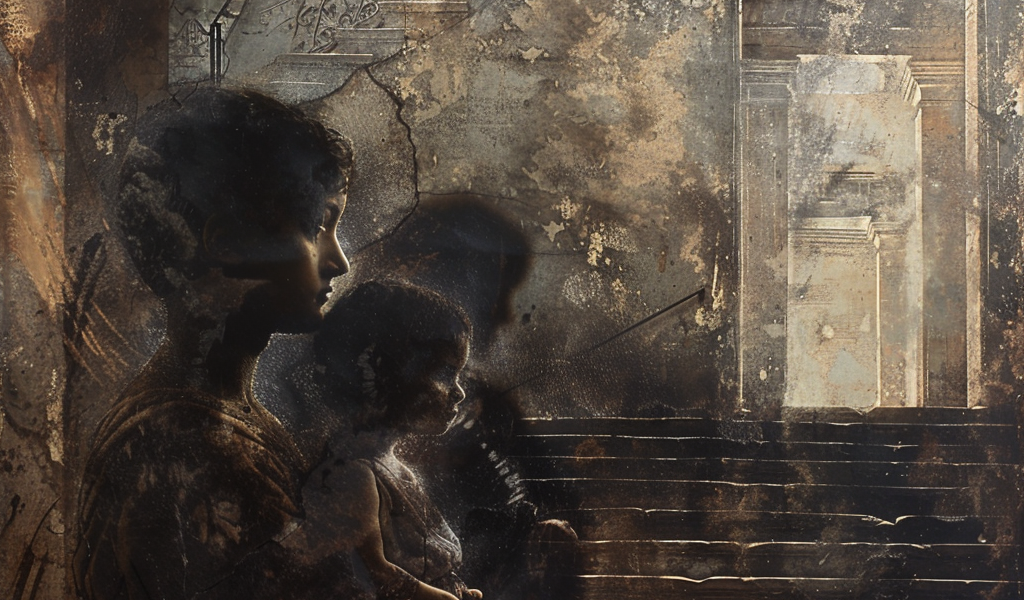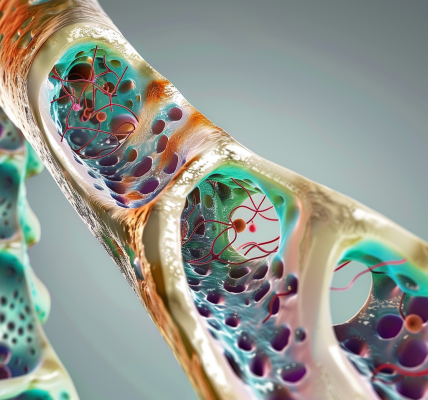Recent scientific research has cast new light on the identities of victims preserved in the iconic plaster casts of Pompeii, revealing surprising truths that challenge long-held beliefs about these ancient figures. The study, published in Current Biology, involved a collaborative effort from researchers in Italy, Germany, and the United States who utilized advanced DNA extraction techniques to analyze bone fragments embedded in plaster from the remains of individuals found in the House of the Golden Bracelet.
The eruption of Mount Vesuvius in AD 79 resulted in the catastrophic destruction of the Roman town of Pompeii, burying its inhabitants under a thick layer of ash and pumice. Archaeologists later used plaster to fill the voids left by the bodies, creating casts that have become emblematic of the tragic fate of this ancient city.
Among the most notable scenes captured by these casts is a family of four huddled beneath a staircase, seemingly seeking shelter as the volcanic materials rained down around them. For years, it was widely accepted that the adult figure cradling one of the children was a mother. However, the recent DNA analysis has upended this narrative. The individual previously thought to be the mother has been identified as male, suggesting that the family dynamics depicted in this poignant scene are not as straightforward as once believed.
In their study, the researchers focused on 14 plaster casts that were undergoing restoration, extracting both nuclear and mitochondrial DNA from the samples. Five of these casts were subjected to detailed analysis, including the three individuals discovered at the foot of the staircase in the House of the Golden Bracelet. The name of this house is derived from the jewelry found on one of the adult figures, which had long been interpreted as a sign of maternal presence.
However, the findings reveal that this figure, adorned with a bracelet, was actually a male with distinct physical characteristics, including black hair and dark skin. Furthermore, the genetic analysis indicated no familial relationship between this adult and the two boys, who were also found in the group. This raises intriguing questions about the social structures and relationships among the victims of the eruption.
Interestingly, the genetic data suggests that the ancestors of these individuals may have hailed from diverse backgrounds, potentially linking them to populations from the eastern Mediterranean or North Africa. This genetic diversity hints at a more complex demographic landscape in ancient Pompeii than previously understood.
Moreover, the researchers propose that the other adult in the group may also have been male, further complicating the narrative surrounding the identities of the individuals captured in this tragic moment. The implications of these findings extend beyond just the identities of the victims; they challenge the broader interpretations of gender roles and family structures in ancient Roman society.
The study underscores the importance of integrating modern scientific techniques with traditional archaeological methods to gain a more nuanced understanding of historical events and the people who lived through them. As researchers continue to analyze the remains and artifacts from Pompeii, new insights are likely to emerge, shedding light on the lives of its inhabitants before the catastrophic eruption.
This groundbreaking research not only alters the perception of the victims of Pompeii but also emphasizes the potential for ancient DNA analysis to reveal hidden stories from the past. As science continues to advance, the mysteries of ancient civilizations may become clearer, allowing us to appreciate the complexities of their lives and the events that shaped their destinies.





